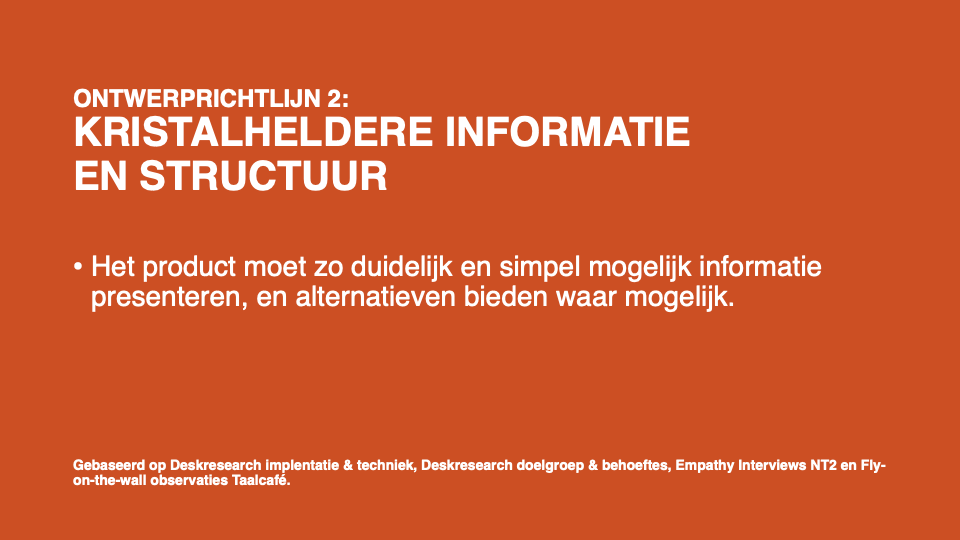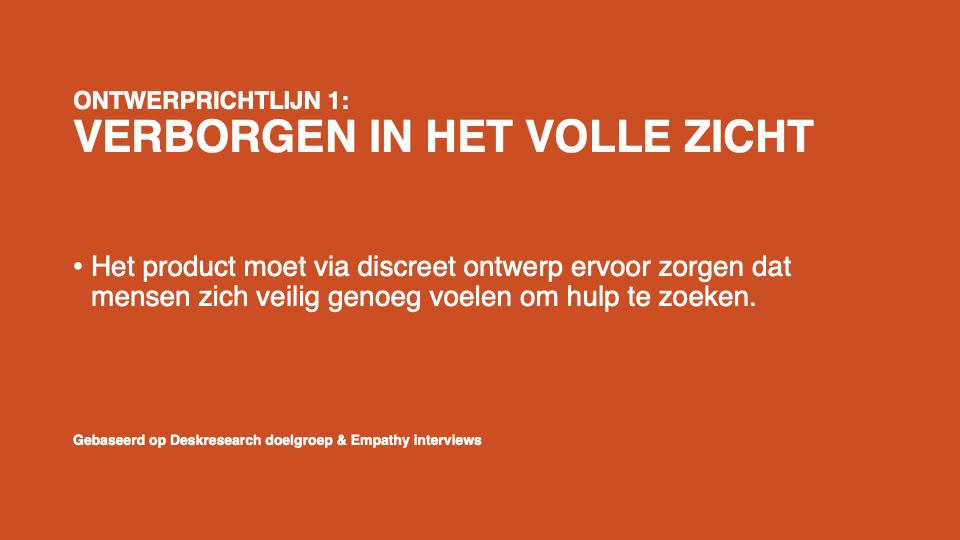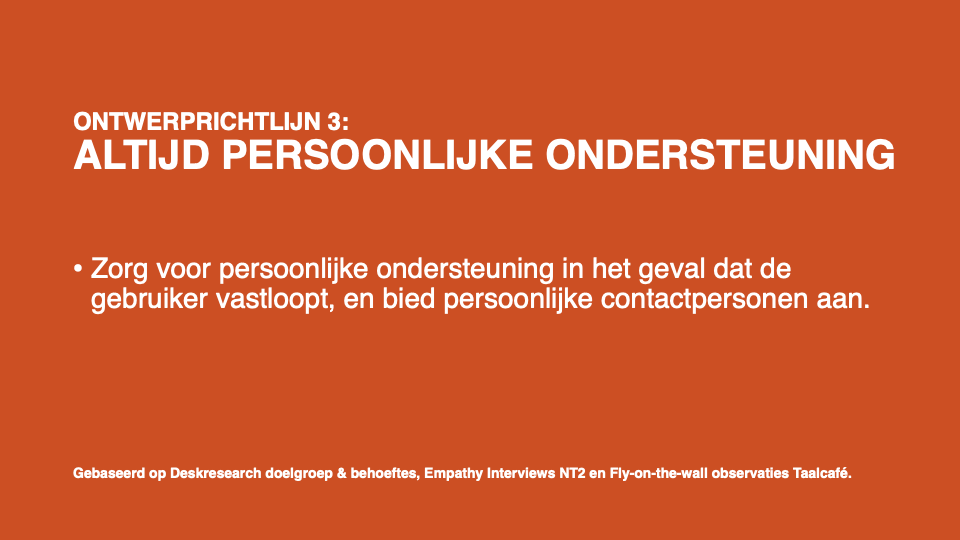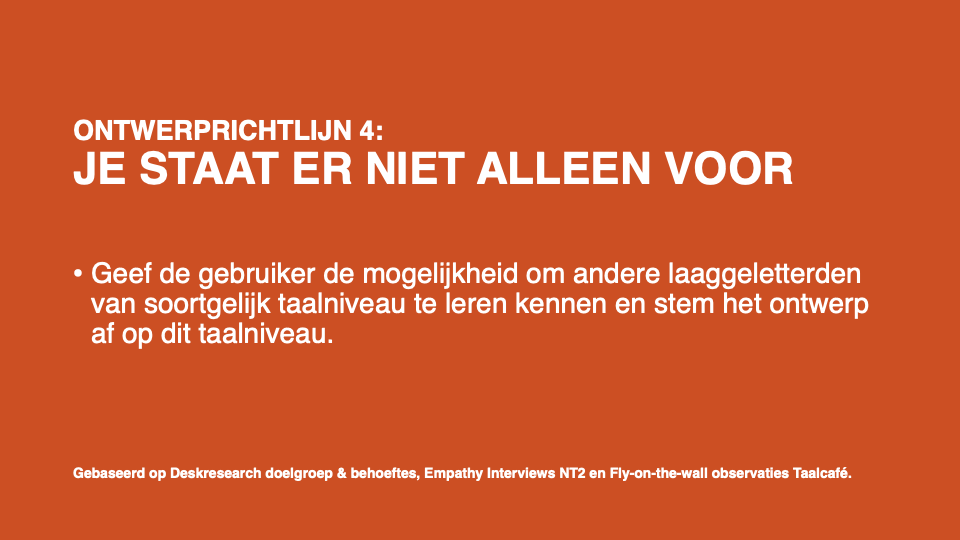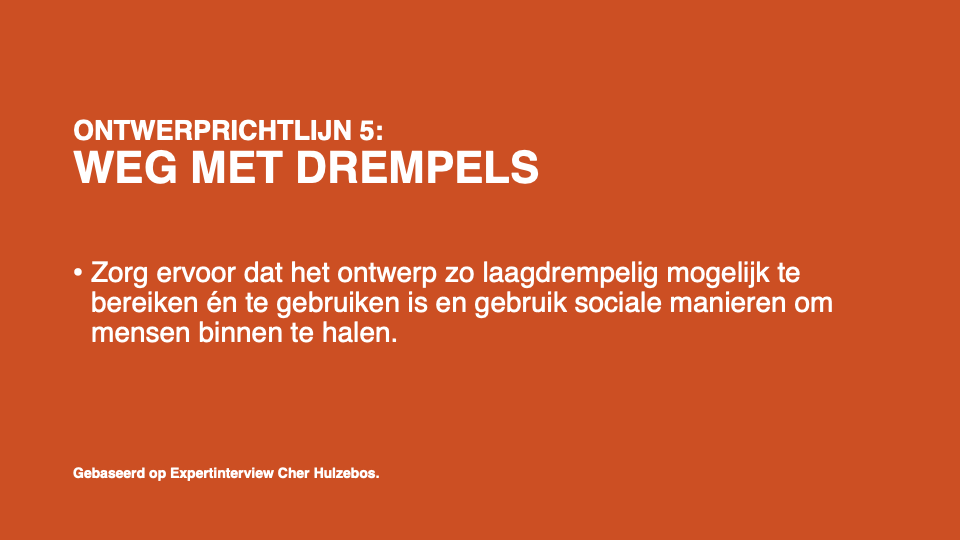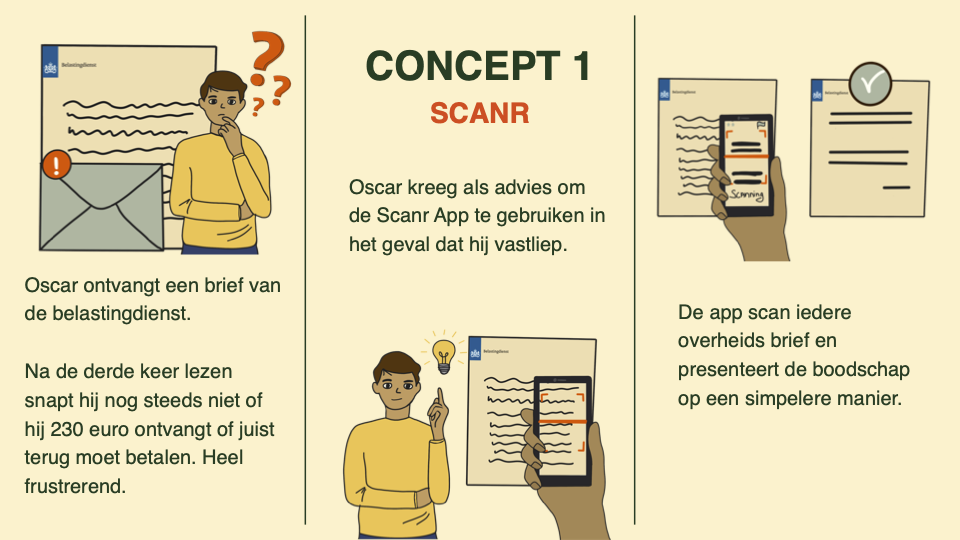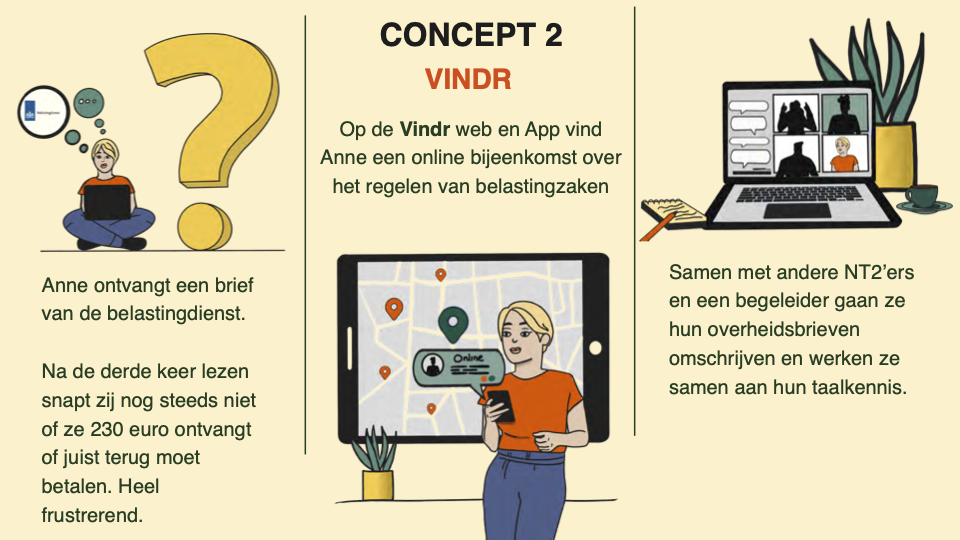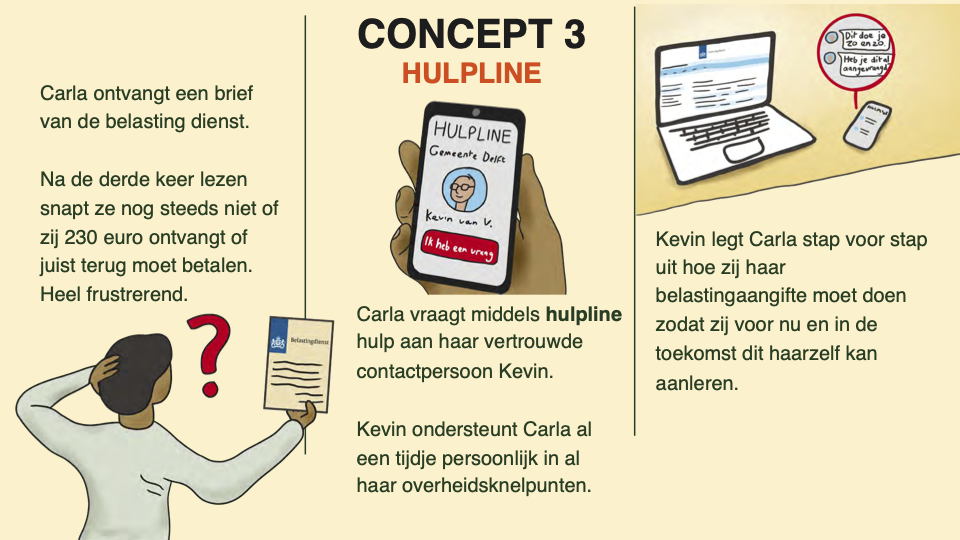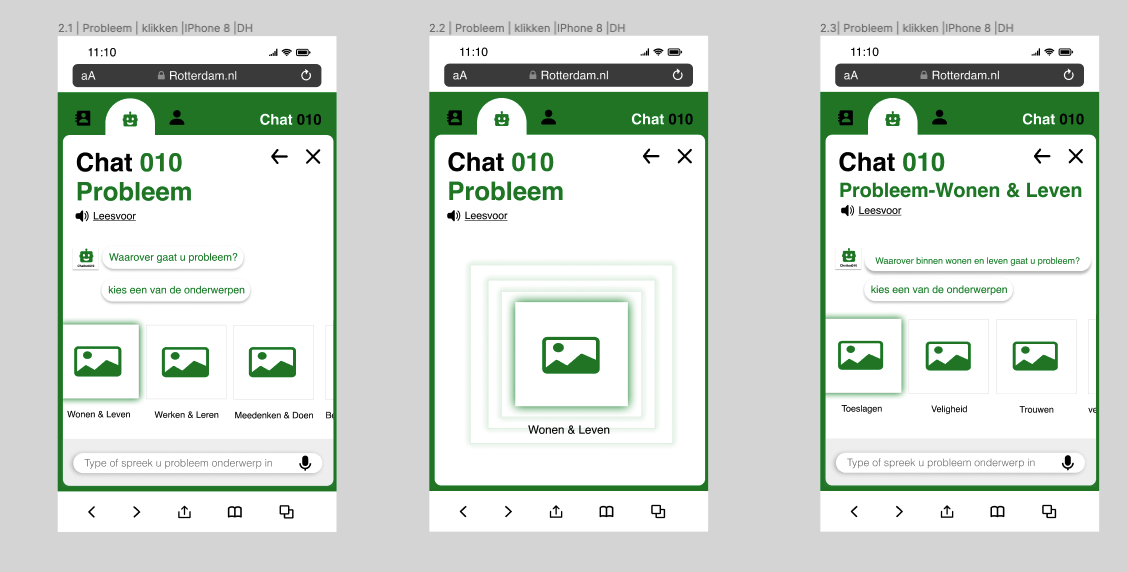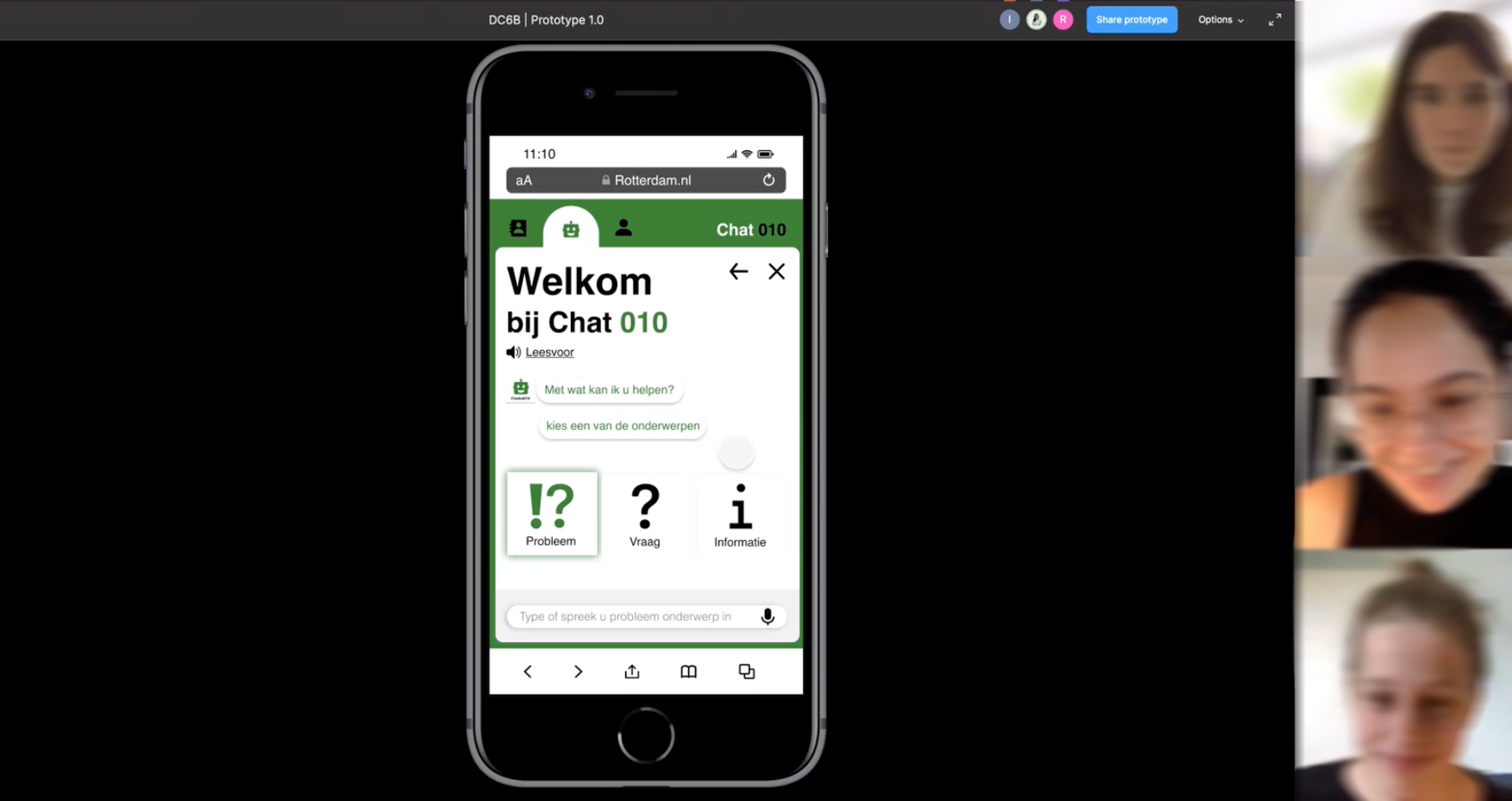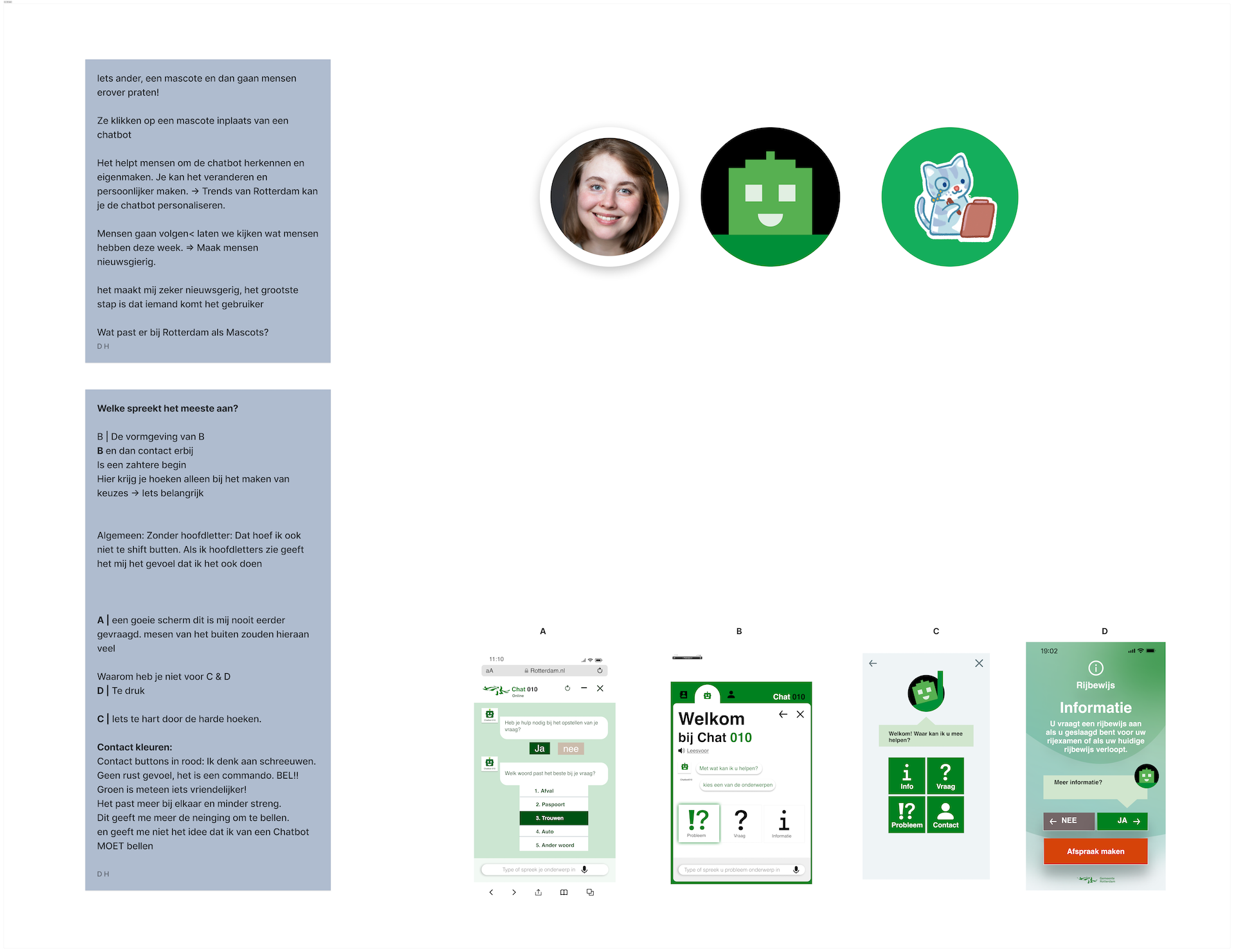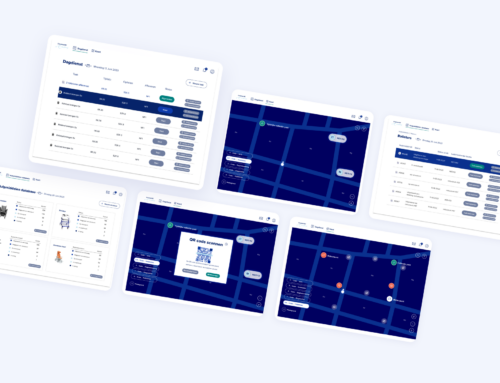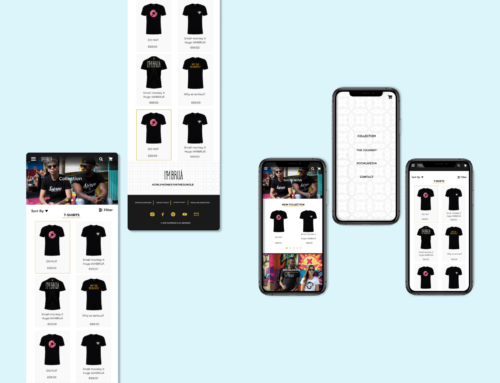Revolutionizing Access to Government Services & information
The first chatbot application specifically designed to assist individuals with low literacy levels to access and understand important government services.
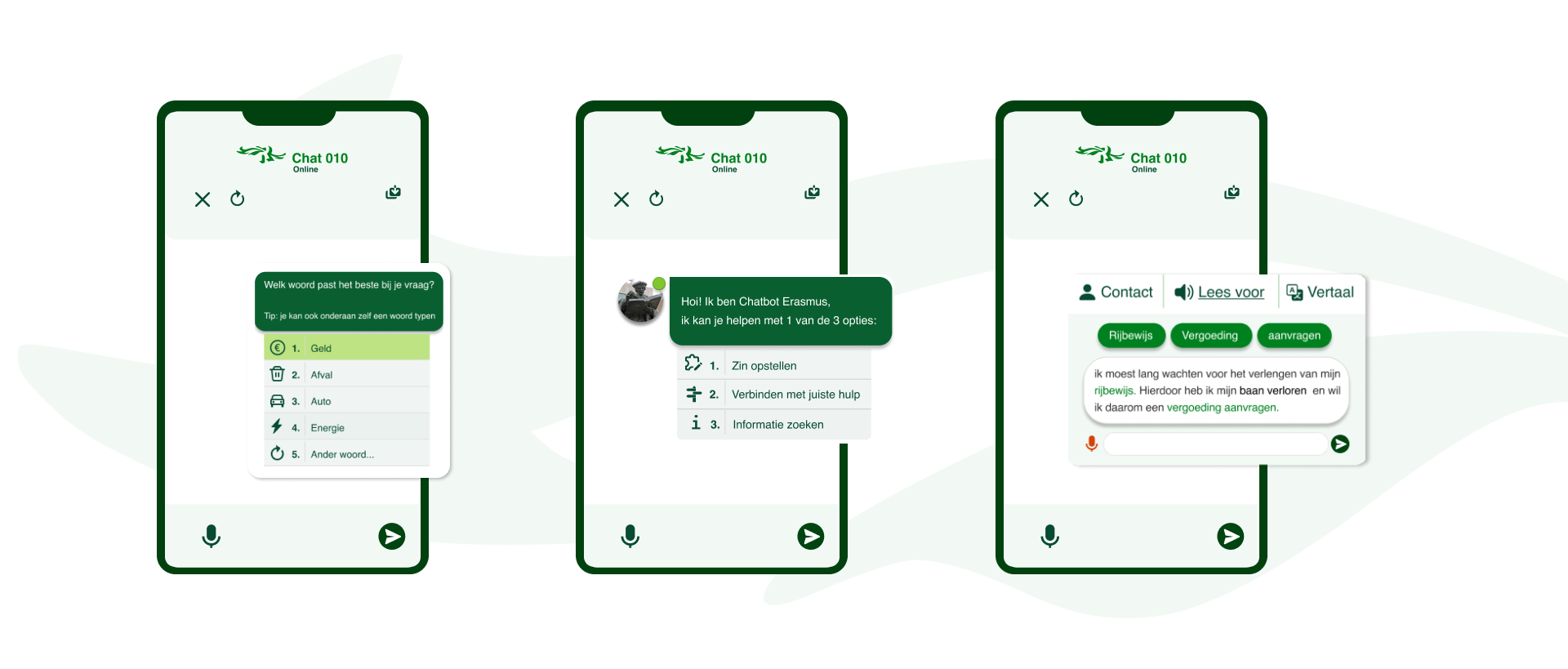
My Role
User experience
Date
7 weeks project, 144 hours, February 2022- July 2022.
Assignment type
Team school assignment
Client
Communication & Multimedia design in collaboration with ICTU
Hard Skills
Design thinking, User Research, Co-Creation and Facilitation, Information Architecture, Wireframing and Prototyping and Usability Testing.
Soft Skills
Adaptability, Time Management, Problem-solving, Communication & Collaboration.
Team
Casper Duijsens, Sander Ros and me.
Grade
9,3
Problemm statement
How can we effectively empower the low-literate population through a digital solution that provides accessible information about government agencies and e services?
The problem
Society is becoming increasingly digital, and that has a major impact. Also on government organizations. ICTU sees the impact that digitization and digitization of government agencies has on society and citizens. “How can we best respond to this?” (briefing, ICTU, 2022)
Goals
Our primary objective with this innovative solution was to bridge the digital divide and empower individuals with limited literacy skills to effortlessly navigate and comprehend crucial government resources. By doing so, we aimed to not only enhance their language proficiency but also nurture a sense of self-reliance, ultimately reducing their dependence on external assistance.
Lessons learned
Teamwork Triumph: During the project, I faced the challenge of some team members not pulling their weight and eventually leaving the team. This situation required me and other dedicated team members to step up and take on additional responsibilities to ensure project progress.
Adaptability is Key: Late access to the target group challenged me to be flexible and connect with potential stakeholders by exploring alternative avenues to find and engage the target audience.
Overcoming Communication Barriers: Another valuable lesson I learned was the importance of effective communication when faced with language or cultural barriers. This experience reinforced the significance of empathy and understanding
My process

Understand: what is the problem?
Semi-structured interview
What
Firstly, I conducted a semi-structured interview with a Spanish-speaking citizen who has low literacy in the Dutch language.
Why
- To gain a deep understanding of target group needs, emotions, motivations, and thought processes.
- To validate the findings from desk research.
- To uncover the user’s context, including tasks flow the target group avoids and prefers
gives.
Results
The interview highlighted limited awareness of language offerings beyond private lessons, resulting in missed opportunities for peer practice. Surprisingly, low-literacy groups of different proficiency levels attended the same lessons. These insights revealed challenges in improving language skills and identifying the target group, aligning with existing research on making excuses, avoiding language tasks, and relying on support networks scuh as family and friends.
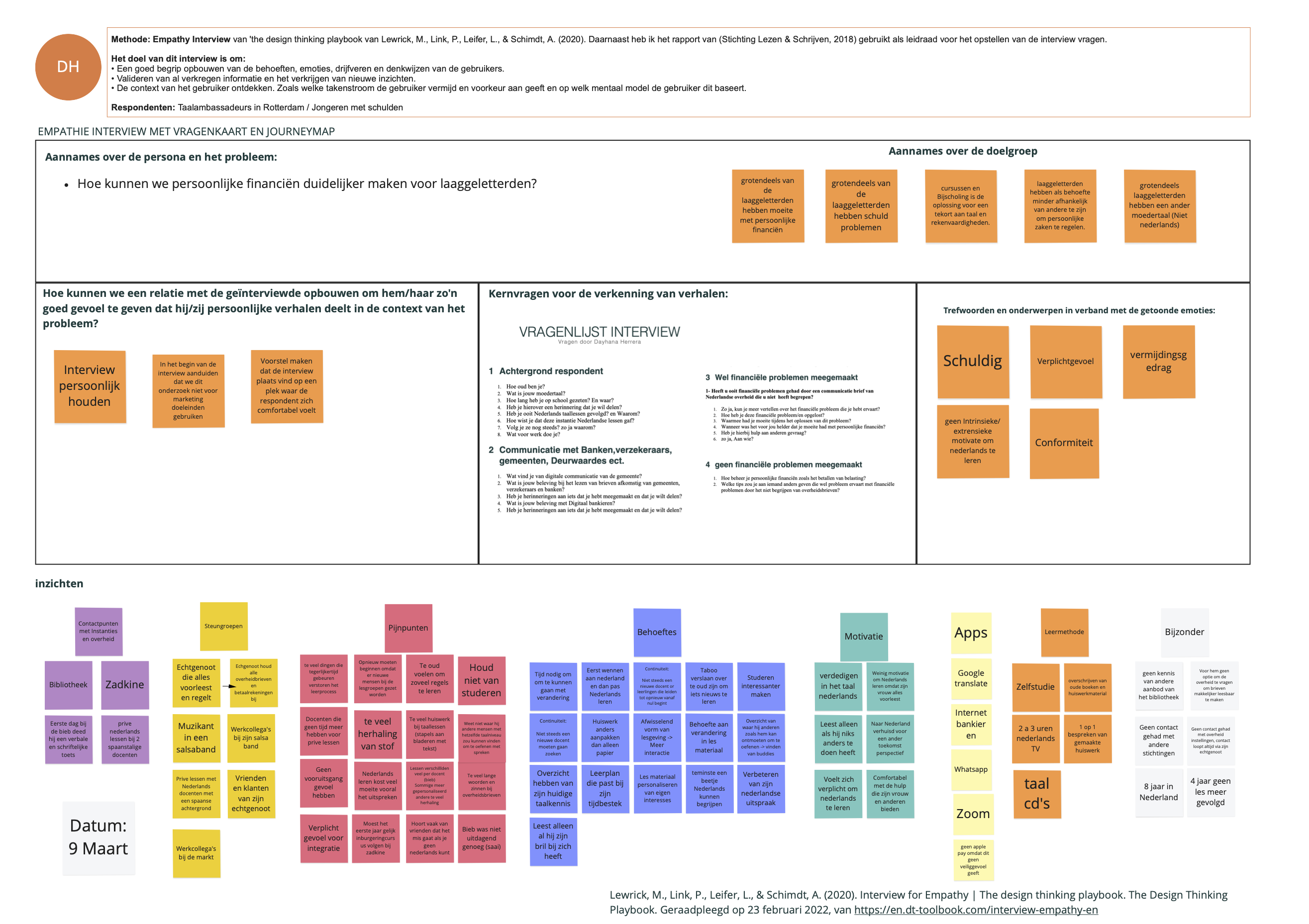
Expert interview
What
In addition, I sought expertise through an expert interview with a floor walker at the Bibliotheek Rotterdam-Zuid.
Why
- To gain insights into user needs, emotions, motivations, and thought processes from the perspective of experts.
- To validate the gathered information and uncover new insights.
- To understand the user’s context, including preferred and avoided interactions and the underlying mental model.
Results
This expert brought a wealth of knowledge and firsthand experience in assisting individuals with low literacy levels in accessing resources and navigating digital platforms. One notable insight from the conversation with Cher was their approach to making the contact less formal. Each floor walker has a personal Instagram account, creating a low-barrier way for people to reach out to them. This was necessary because many individuals were hesitant to contact the central library directly

Desk research
What
In addition to the primary research methods mentioned earlier, I also conducted desk research to complement the teams’ data collection efforts.
Why
-
To gather existing knowledge, insights, and data related to low literacy.
-
To identify gaps in existing knowledge and areas that require further exploration.
Results
The desk research uncovered that 21% of Rotterdam’s citizens are low literate, indicating a significant portion of the population facing literacy challenges. This confirmed that low literate individuals often receive incorrect or incomplete information when dealing with government affairs because of lack of understanding. Resulting in feelings of fear, shame, and shifting responsibility, which hinder their ability to address their problems effectively.
Additionally, the research highlighted their dependence on friends, family, and non-profit organizations due to limited access to available information. These challenges are not limited to low literacy alone, but are also experienced by individuals with low digital skills, underscoring the need for accessible solutions.
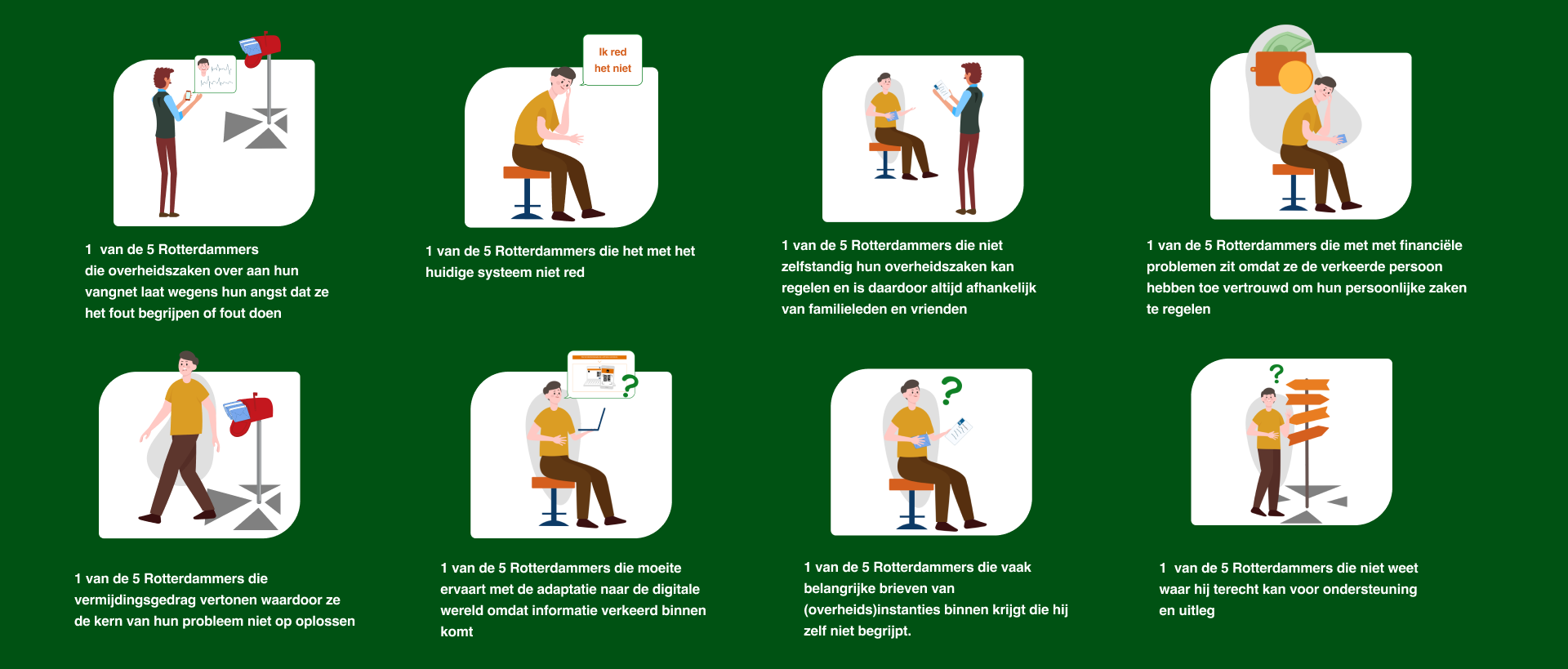
Define: What is required?
Reframe the problem
What
After completing this research, we found that the behavioral pattern of the target group manifests itself as a vicious cycle. Within this cycle we show that the orange colored areas (obstacle, consequence & contact with government) have the most potential for a subsequent solution that can break this cycle
Why
To visualize our most impactful insights and highlight the intervention phases in which we see the most potential to intervene and thus be able to end the vicious circle.
Results
This resulted in the reframing of our problem statement to “How can we effectively empower the low-literate population through a digital solution that provides accessible information about government agencies and e services? ”
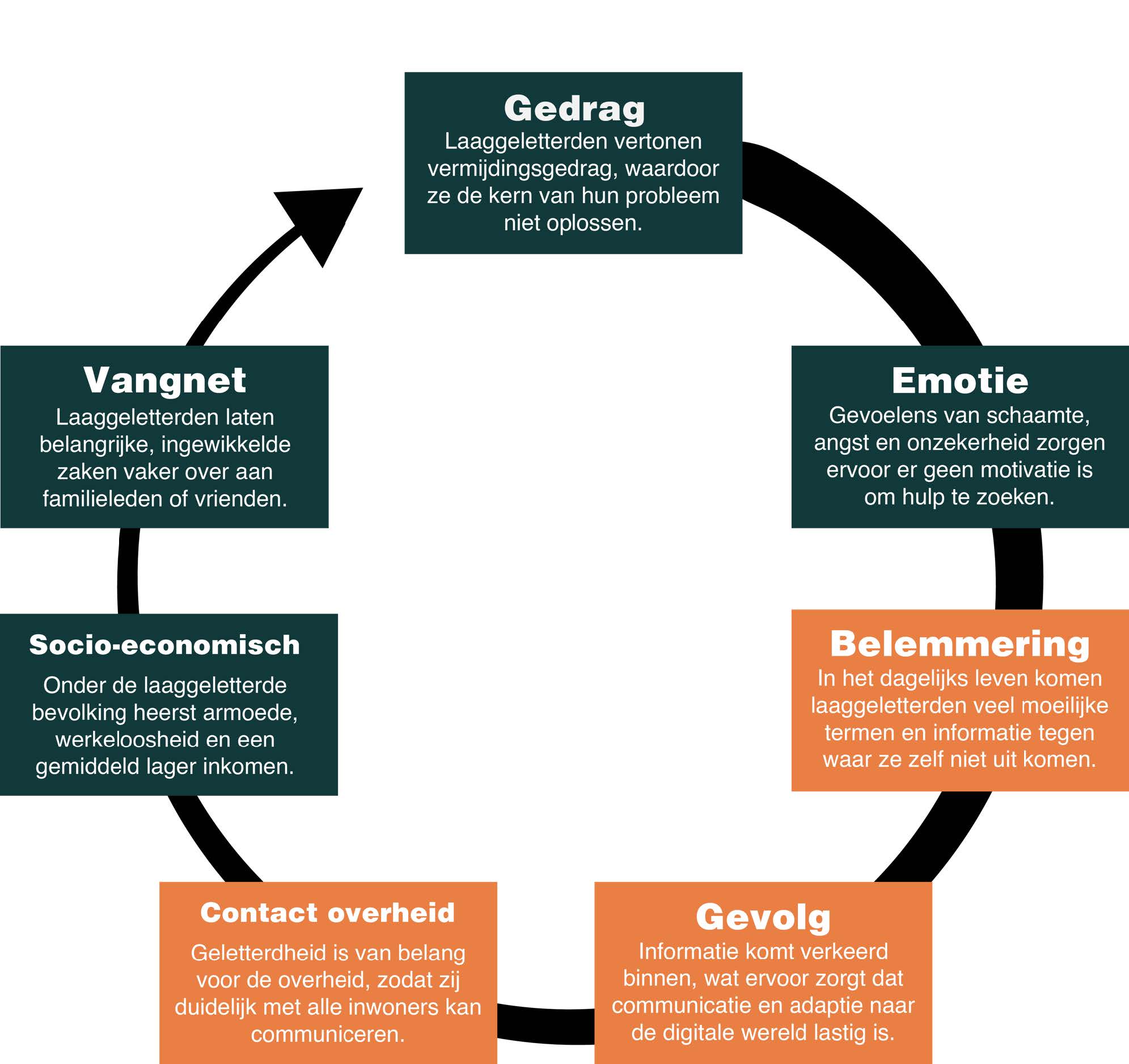
Design principles
What
We created design principles to serve as guiding principles and a shared framework for our design team.
Why
These principles provide a clear direction and common understanding of the values and goals we aim to achieve through our design process.
Results
Five design principles to guide our team’s design process.
Ideate: How can it be solved?
Brainstorm sessions
What
In order to collect concept ideas, each team member facilitated a brainstorm method to address the identified problem. I facilitate the brainstorm method named ‘clockwise’ using a dice element, to motivate team members to associate random ideas with each other.
Why
As we team brainstormed various ideas and narrowed down the best solutions in order to empower the low-literate population through a digital solution.
Results
This brainstorm session resulted in 26 potential concept or function ideas.

Concepting
What
To present our concept to our client, ICTU, I utilized the storyboard method to visually illustrate and explain the threeb concept directions.
Why
- To ensure the feasibility, effectiveness, and practicality of our concept by considering various factors.
- To engage the client in the concept presentation, allowing them to validate the ideas and provide valuable feedback.
- To provide a clear and concise representation of the concept’s direction and potential outcomes.
Results
By utilizing storyboards to present our concept, we enabled the client to validate the ideas and provide feedback for further refinement. The visual storytelling approach facilitated a better understanding of the concept’s feasibility and direction. The feedback received from the client allowed us to make necessary adjustments and ensure that we continued with concept #3. Thus aligning with the desired goals of our client ICTU.
Facilitating a Co-creation
What
The co-creation session aimed to facilitate collaborative discussions and idea generation by engaging language ambassadors from ‘Stichting Lezen en schrijven’ and the implementation team from the municipality of Rotterdam.
Why
- The goal was to identify challenges faced by the target group when using chatbots and gather insights to improve their experience.
- By involving language ambassadors and the implementation team, we sought to gather firsthand knowledge about the specific issues faced by individuals with former low literacy levels.

Results
The co-creation session fostered meaningful discussions, captured diverse perspectives, and promoted empathy and understanding of the problem space. The insights and expertise gathered during the session served as valuable inputs to create innovative and user-centered solutions for chatbot interactions.
Key insights included challenges such as long escalation times, incomprehension of certain questions, the importance of transparency within chatbots, and the complexity of technological advancements like QR codes.Additionally, the session highlighted the need for increased awareness among the target audience about available resources for digital tasks.
Create: How can it be visualized?
Open Card Sorting
What
The open card sorting test aimed to gain insights into the expectations of the target group regarding chatbots, communication, and design. The test involved two rounds: we asked the respondent to imagine his ideal chat dialogue (Round 1) and Chat interface (Round 2 and sharing their thoughts aloud during the process.
Why
To gain insights into the expectations of the target group regarding chatbots, communication, and design.
By gathering feedback on various aspects, such as speech function, saving chat interactions, additional questions, live chat support, translation options, and language preferences, we aimed to improve the user experience.

Results
We gained valuable insights, including low literate users’ tendency to avoid using speech function due to fear of mispronunciation, the desire to save and forward chat interactions by email, the optional perception of resources like Steffie.nl, the need for more questions at the end of the chat flow, the expectation of additional explanations via live chat from employees, the necessity for different translation options, and the preference for a casual tone (“tutoyeren”) among low literate users with Dutch as a second language.
These findings informed the refinement of the chatbot design to better cater to the target group’s expectations and enhance their overall user experience.
Chatbot Dialogue Flow
What
The chatbot dialogue flow and implementation plan were developed based on the insights gathered from the card-sorting test and co-creation sessions.
Why
- Through the card-sorting test and co-creation, it was discovered that low literate citizens with Dutch as a second language preferred a casual approach during their interactions with a chatbot. This preference led to the decision to incorporate “tutoyeren” instead of “vousvoyeren” in the chatbot dialogue flow.

Results
Taking into account the user preferences identified during the research phase, a new chat dialogue flow was designed. This flow integrated the casual approach of “tutoyeren” to create a more user-friendly and engaging experience for low literate citizens.
Wireframes; low, mid and hi-fidelity
What
I adopted an iterative approach, constantly refining our design through multiple rounds of prototyping. I began with paper prototypes, allowing me to quickly explore various ideas and gather initial feedback. These early prototypes helped us identify potential usability issues and refine the user flow. We transitioned to mid-fidelity prototypes, which added more detail and visual representation to our design. This allowed us to simulate the user experience more accurately and conduct usability tests in realistic scenarios. As we progressed, we advanced to high-fidelity prototypes, which closely resembled the final product in terms of visuals and interactions.
Why
- The reason behind iterating between paper, mid-fidelity, and high-fidelity prototypes during this phase was to ensure thorough testing and evaluation of our design at different stages
Results
The iterative prototyping approach allowed our team to continuously learn and improve throughout the design process. Each prototype iteration provided valuable feedback and informed our decision-making, ensuring that the final solution was well-tested, user-centered, and aligned with the project goals.
Validate: Does it work?
Testing; Design Critique, Preference Testing, Wizard of OZ, and Feedback Capture Grid
What
We employed various testing methods to evaluate and validate our design, including Design Critique, Preference Testing, Wizard of OZ, and Feedback Capture Grid. Through Design Critique, we gathered feedback from experts and peers, enabling us to identify areas for improvement and make informed design decisions. Preference Testing allowed us to assess user preferences and gather insights into their preferences, guiding us in refining our design to better meet their needs. The Wizard of OZ technique allowed us to simulate the chatbot’s behavior and interactions, providing a realistic testing environment and uncovering potential usability issues. Lastly, the Feedback Capture Grid helped us systematically collect and analyze user feedback, allowing us to identify patterns, address concerns, and iterate on our design
Why
To enhancing the usability, effectiveness, and user satisfaction of our design.
Results
The testing process provided valuable insights and feedback that significantly influenced our design iterations. Design Critique allowed us to refine our design based on expert advice and suggestions. Preference Testing helped us identify user preferences and prioritize design elements accordingly. The Wizard of OZ technique exposed usability issues early on, enabling us to make necessary adjustments. The Feedback Capture Grid facilitated systematic analysis of user feedback,
The Results
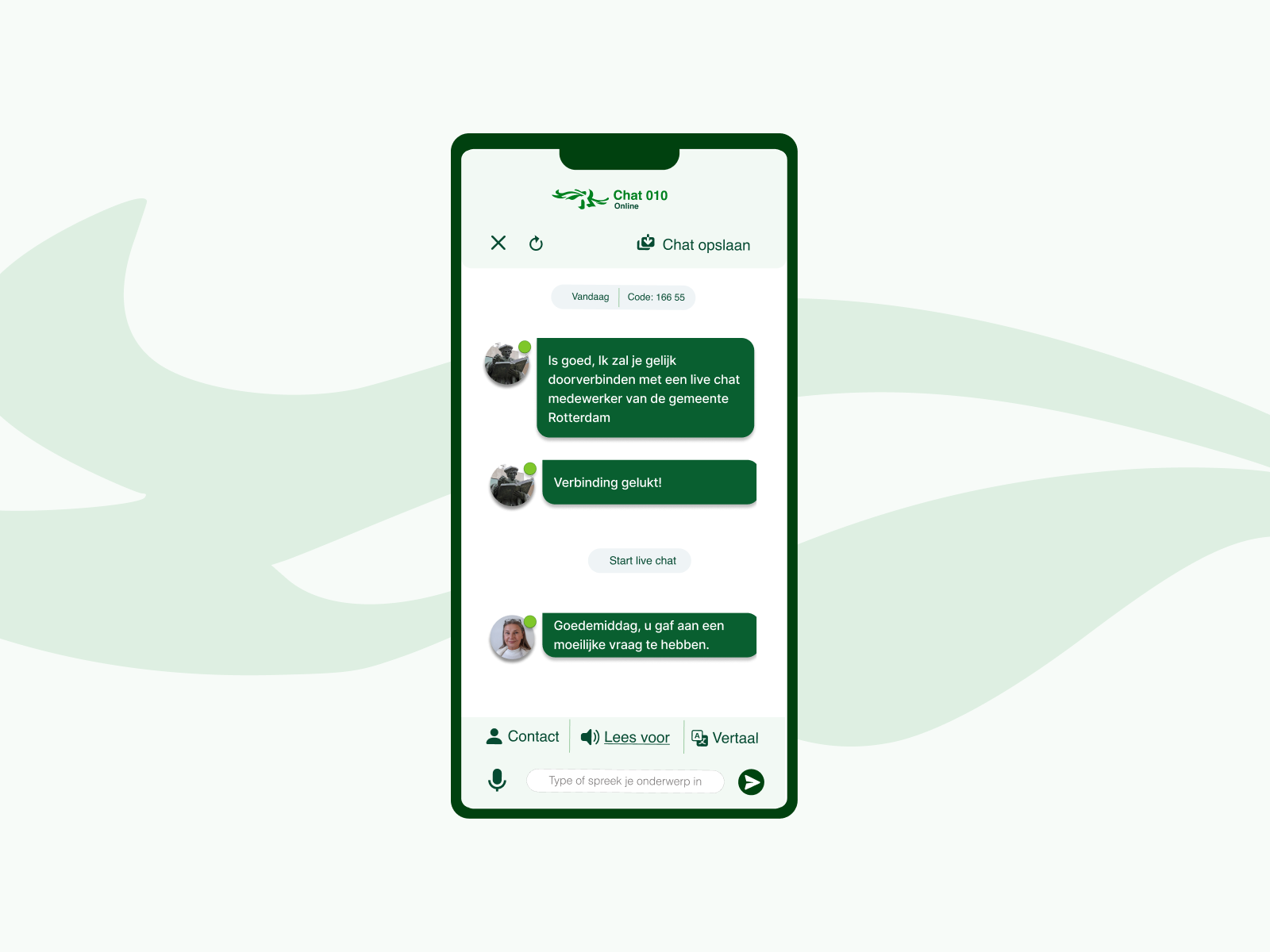
Question Formulation Support
Includes a unique feature that assists low-literate citizens in formulating their questions. It provides a word web showing related terms, making it easier for users to narrow down their questions and seek the desired information.

Privacy-Oriented Transfer to Government Employee
Ensures privacy and confidentiality by offering a secure transfer from the chatbot to a government employee. Users can easily share their chat history, including sensitive information, through a unique chat code. This enables smooth communication and continuity of assistance, especially in cases where direct telephone contact is required.

Integration of Learning and Support Resources
Seamlessly integrates learning and support resources, such as Steffie, into its chatbot interface. These resources are specifically tailored to the needs of low-literate citizens, providing additional assistance and guidance during interactions.
Data Analytics and FAQ Categorization
Enables the government to gain insights into frequently asked questions, allowing for better categorization and organization of information. By analyzing user queries, the government can identify common topics and provide faster and more efficient responses. This is particularly useful during critical situations like the COVID-19 pandemic, where timely and accurate information dissemination is crucial.
Cost Reduction and Increased Participation
Facilitates connections between low-literate citizens, emergency services, and organizations, fostering better participation and integration within society. This, in turn, leads to potential cost savings for the government and improved financial stability for low-literate citizens.
